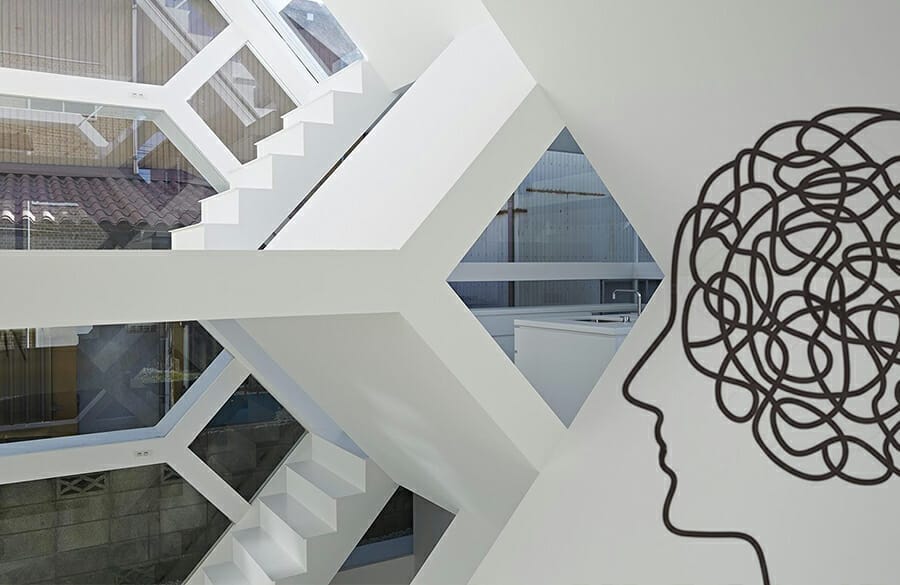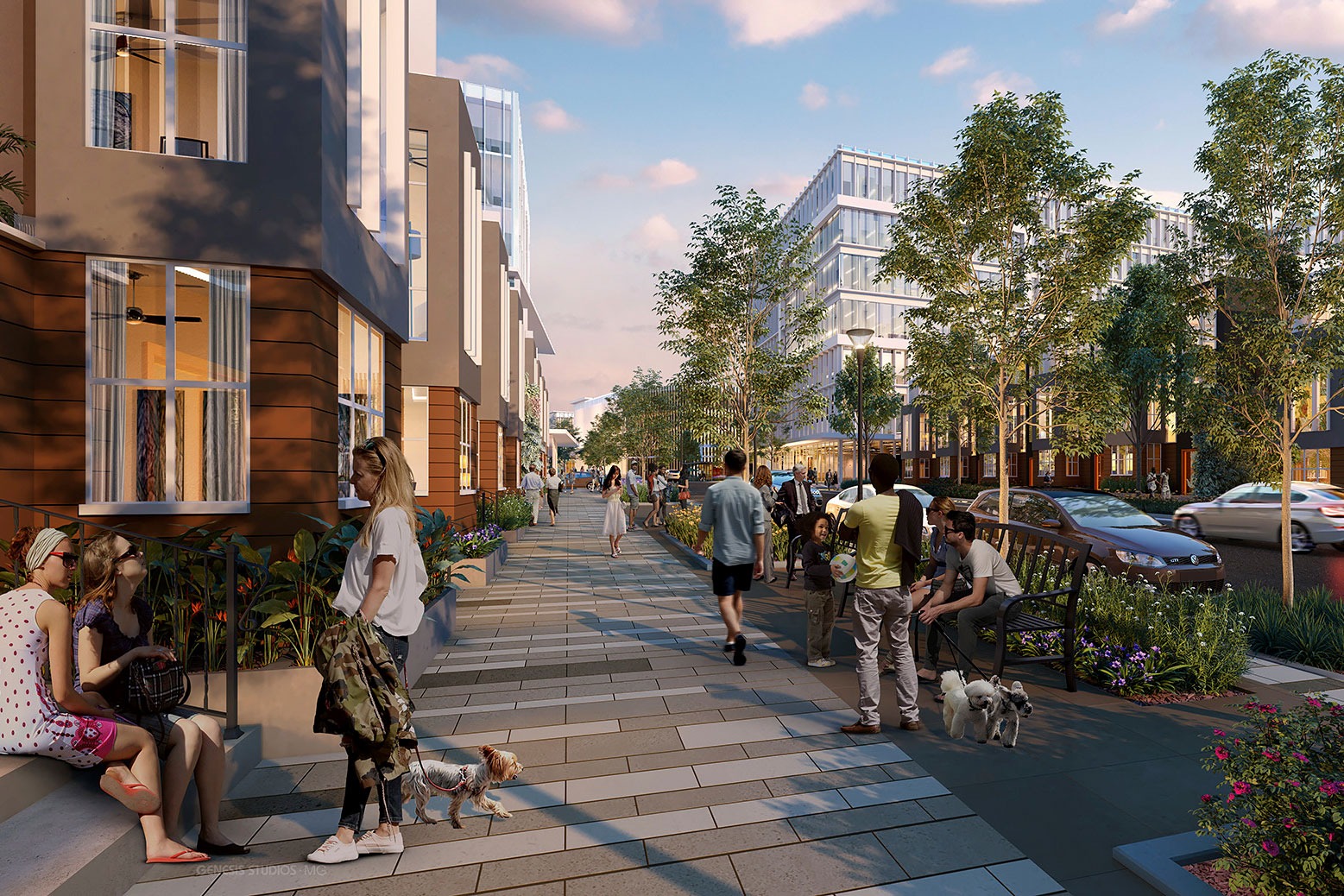How Does Architecture Create Harmonious Spaces For Human Interaction?

We may not always be aware of it, but the spaces we inhabit have a profound impact on our emotional and behavioral patterns. This is known as the psychology of architecture, an emerging field that explores the ways in which our physical surroundings shape our experience of the world.
Architects and designers have long understood the importance of creating spaces that are functional and aesthetically pleasing, but the psychology of architecture takes things a step further by delving into the relationship between our environment and our psychological well-being.
The Impact of Space on Our Psychology
When we think of the psychology of architecture, we often think of the ways in which our surroundings affect our mood and emotions. However, this field is much broader than that, encompassing everything from the ways in which our surroundings affect our decision-making to the impact of architecture on our physical health.
Here are just a few of the ways in which our environment can shape our psychology:
1. Mood and Emotions
Perhaps the most obvious way in which our environment affects our psychology is through our mood and emotions. Studies have found that certain colors, textures, and lighting can have a calming effect, while others can provoke feelings of anxiety or stress. For example, warm colors like red, orange, and yellow are often associated with energy and excitement, while cool colors like blue and green are more calming and relaxing.
2. Cognitive Functioning
Our surroundings can also have a significant impact on our cognitive functioning. For example, research has shown that natural light can boost productivity and creativity, while dim lighting can have the opposite effect. Similarly, certain shapes and patterns can help us to focus and concentrate, while cluttered or chaotic environments can make it difficult to stay on task.
3. Social Dynamics
Our environment can also play a role in our social interactions and relationships. For example, spaces that are designed to encourage collaboration and communication can help to facilitate teamwork and productive relationships, while environments that are isolating or hostile can have the opposite effect.
4. Physical Health
Finally, the psychology of architecture also encompasses the impact of our environment on our physical health. For example, living or working in spaces that are poorly ventilated or contaminated with mold can lead to respiratory problems and other health issues. On the other hand, spaces that are designed to promote physical activity and movement can help to reduce the risk of obesity and other chronic health conditions.
The Importance of Psychological Wellness
As the psychology of architecture highlights, our environment plays a significant role in our psychological well-being. This is particularly important given the increasing rates of mental health issues worldwide. In fact, the World Health Organization predicts that by 2030, depression will be the leading cause of disability globally.
By designing spaces that are not only functional and aesthetically pleasing, but also supportive of psychological wellness, we can create environments that facilitate well-being and positive mental health outcomes.
How to Apply the Psychology of Architecture
Now that we understand the importance of the psychology of architecture, how can we apply these insights in our own lives?
1. Pay Attention to Your Surroundings
The first step is simply to pay attention to the spaces you inhabit, and how they make you feel. Notice the colors, lighting, textures, and shapes around you, and how they affect your mood and emotions. If you notice that certain spaces are consistently making you feel anxious or stressed, consider making changes to create a more calming environment.
2. Design Your Space with Purpose
When designing your own spaces, whether it's a home office or a public park, keep the principles of the psychology of architecture in mind. Think about the function of the space, as well as the emotional and psychological needs of the people who will be using it.
3. Incorporate Nature
One of the most effective ways to promote psychological wellness through architecture is to incorporate nature into our surroundings. Natural light, plants, and other natural elements have been shown to have a calming effect and promote positive emotions.
4. Prioritize Comfort
Finally, it's important to prioritize comfort in our physical surroundings. This means designing spaces that are not only visually appealing but also supportive of physical health and well-being. This might include ergonomic furniture, proper lighting, and good ventilation.
The Future of Architecture and Psychology
The psychology of architecture is a rapidly growing field, as architects, designers, and researchers seek to better understand the ways in which our built environment affects our psychology and well-being. As we continue to explore this connection, we may see advances in the way that buildings and spaces are designed, with a greater emphasis on creating environments that support not only physical health but also emotional and psychological wellness.
Frequently Asked Questions
What is the psychology of architecture?
The psychology of architecture is a field that explores the ways in which our physical environment affects our emotional and behavioral patterns. This includes everything from the impact of color and lighting on our mood to the effect of architecture on our physical health.
Why is the psychology of architecture important?
The psychology of architecture is important because it highlights the connection between our physical environment and our psychological well-being. By creating spaces that are supportive of mental health and well-being, we can improve our quality of life and promote positive outcomes for individuals and communities.
How can I apply the insights of the psychology of architecture in my own life?
You can apply the insights of the psychology of architecture in your own life by paying attention to the spaces you inhabit and how they make you feel. When designing your own spaces, think about the function of the space as well as the emotional and psychological needs of the people who will be using it.
What is the future of architecture and psychology?
The future of architecture and psychology is likely to be characterized by a greater emphasis on creating environments that support emotional and psychological wellness. As we continue to explore the connection between our physical environment and our well-being, we may see a shift towards more holistic approaches to architecture and design.




Post a Comment for "How Does Architecture Create Harmonious Spaces For Human Interaction?"